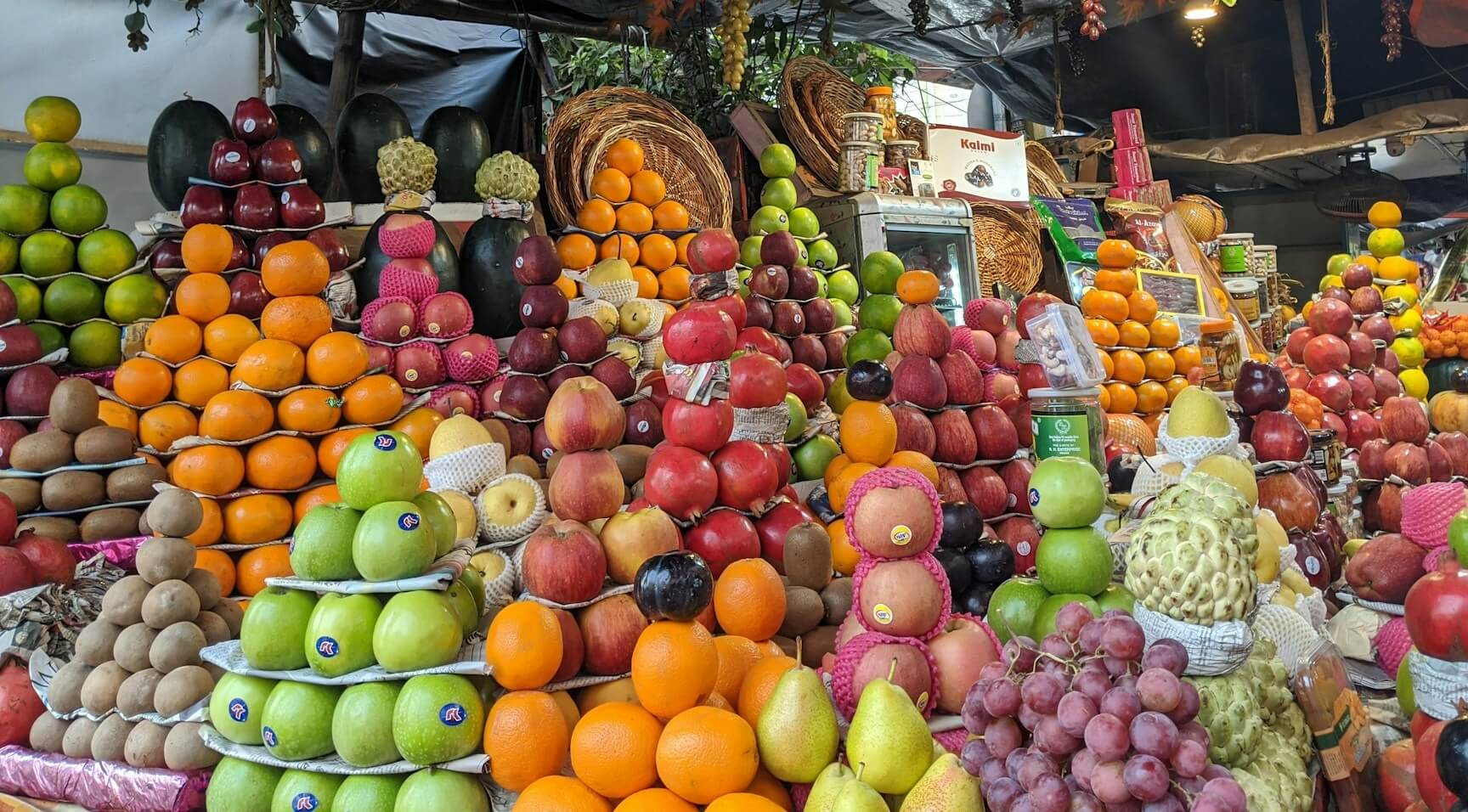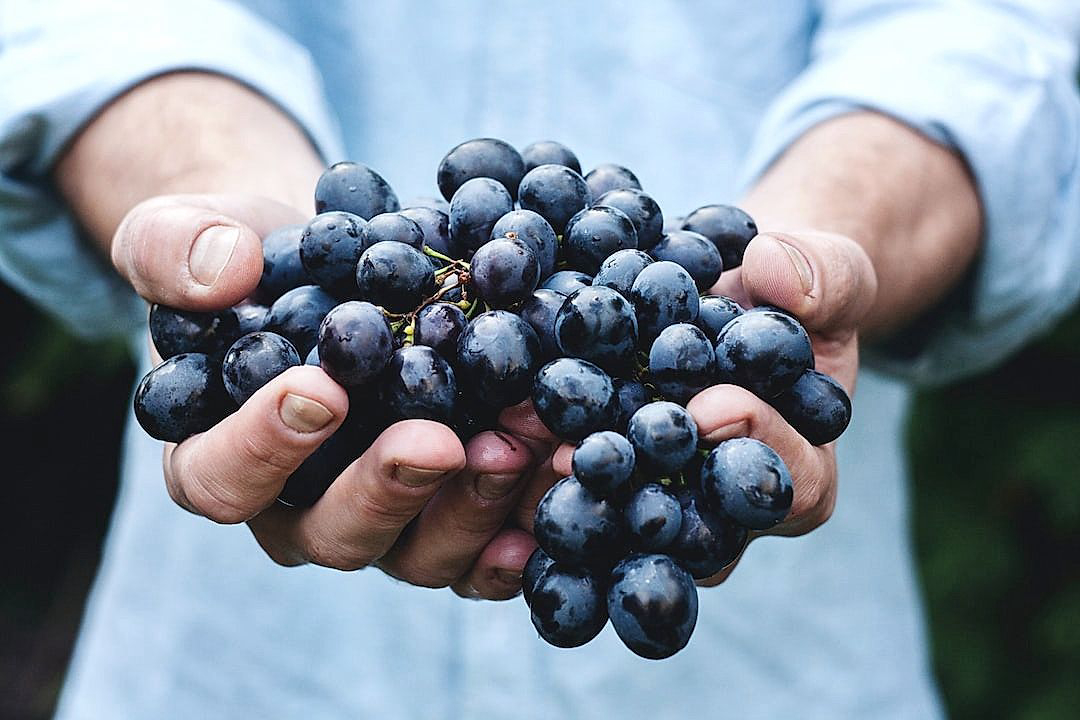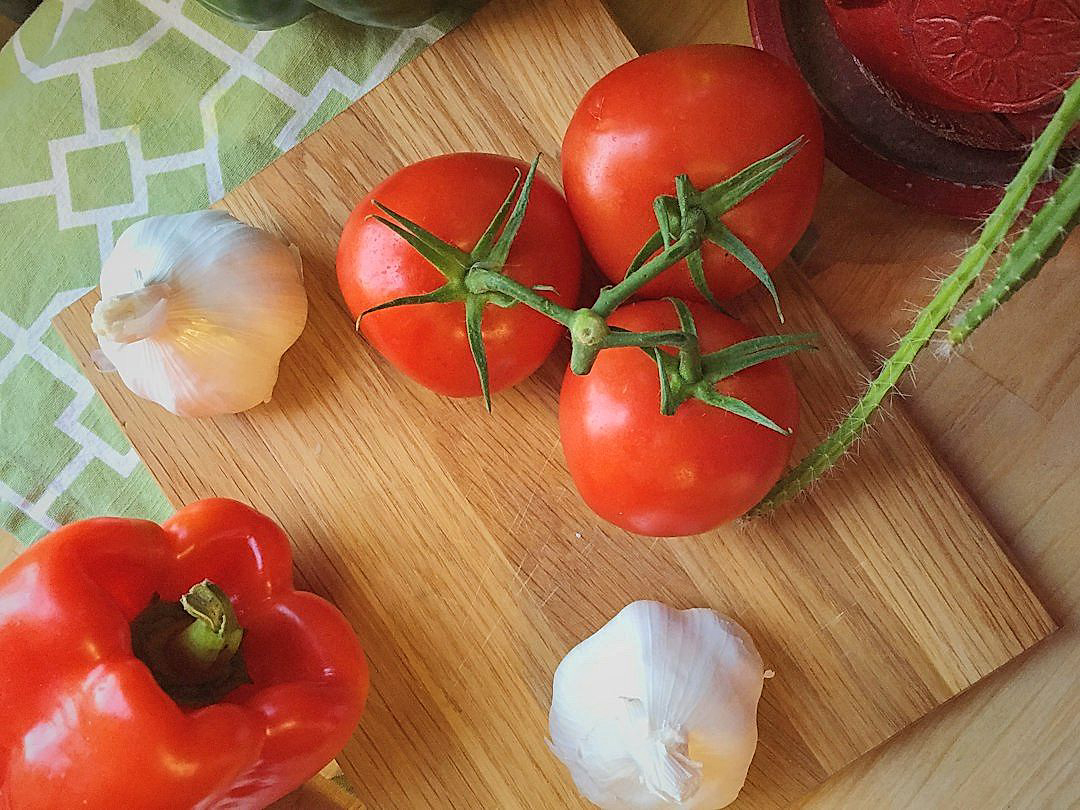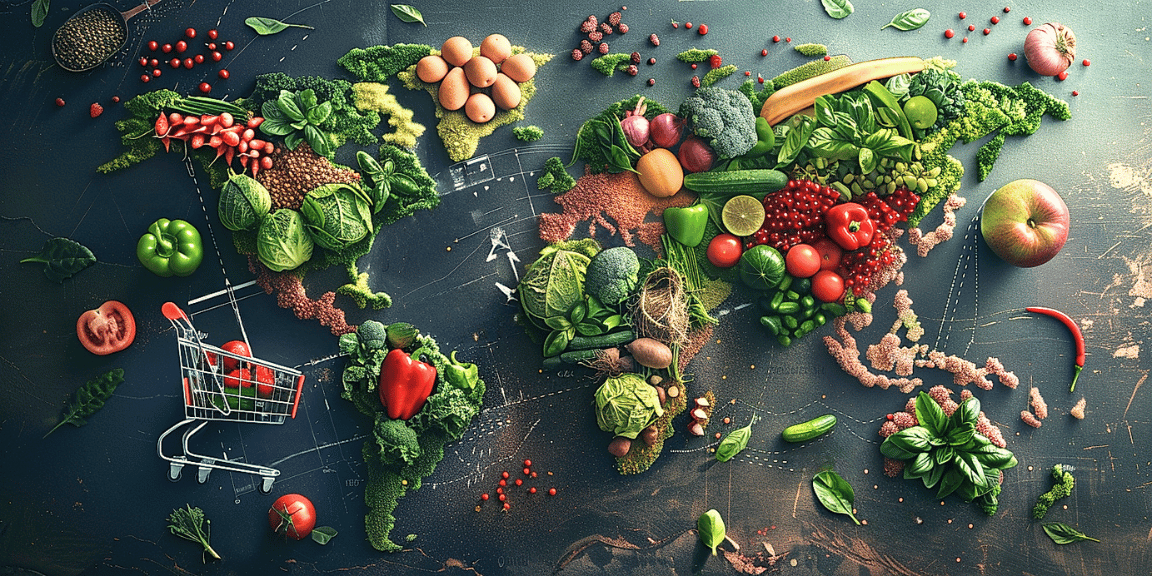In an increasingly digitized global marketplace, technology continues to uncover new potential in even the most traditional industries.
Among the sectors currently being transformed by innovative tech applications, is the produce distribution industry.
This intervention is revolutionizing operations, making supply chains more efficient and accessible to a range of participants.
Additionally, it is altering the balance of power and margin distribution within the value chain.
As these changes unfold, it is crucial to keep pace with the trends defining this transformation.
Understanding these advancements will enable stakeholders to adapt, innovate and optimally position themselves for success within this evolving landscape.
Tech Trends Revolutionizing Produce Distribution
1. AI and Machine Learning for Optimized Supply Routes
The application of Artificial Intelligence (AI) and Machine Learning (ML) has profoundly revolutionized the mode of operation in various sectors, particularly in optimizing supply routes in produce distribution.
AI and ML algorithms are crafted to significantly reduce the complexities that supply chain managers often encounter, specifically in forecasting demand, and planning and optimizing supply routes.
In the realm of produce distribution, lowering cost is paramount as the industry operates on thin profit margins. Thus, AI and machine learning innovations that enable cost savings become vital.
By leveraging AI and ML technologies, distribution networks can plan and execute more efficient routes, saving both time and money, which can be passed on to consumers in the form of lower prices.
The advanced AI systems predict delivery route conditions, including traffic patterns and geographical constraints, allowing for route optimization.
Consequently, produce is transported using shorter or less congested routes, leading to faster deliveries, decreased fuel expenditure, and ultimately a reduction in the overall distribution cost.
Moreover, AI-based systems can continually learn and adapt to changes such as traffic fluctuations, new road construction, and even weather conditions, thereby ensuring the supply routes are always optimized.
They accomplish this by utilizing large data sets made up of historical and real-time data, which enable these systems to make accurate predictions and adjustments necessary for enhanced efficiency.
Such optimizations are vital in the fresh produce industry, where timely delivery is critical to ensuring the products reach consumers while still fresh.
Erratic weather conditions or other unforeseen circumstances can significantly disrupt the transportation of produce, resulting in delays, food waste, and lost profits.
But, with AI-based decision-making models, these challenges can be significantly mitigated as the algorithms have the ability to quickly react and adapt to these changes, creating new optimized routes in real-time.
Notably, AI and ML also play a significant role in optimizing inventory management, another aspect crucial to the produce distribution industry.
This technology forecasts demand by considering multiple factors like season, market trends, and consumption patterns amongst others. Thus, it reduces overstocking or understocking, ensuring just in time delivery and reducing wastage of perishable goods.
Through machine learning, the system iteratively becomes smarter, almost autonomous, in its operation over time, further enhancing deliverability and efficiency in the supply routes
Overall, the combination of AI and machine learning can have a transformative effect on the produce distribution industry. By optimizing supply routes and inventory administration, these innovative technologies aid in the enhancement of efficiency, reduction of waste, and ultimately the delivery of fresh, quality products to consumers.
2. Blockchain Technology for Transparent Food Tracking
The advent of blockchain technology presents a revolutionary approach to enhancing transparency in produce distribution.
Originating primarily as the supporting infrastructure for cryptocurrencies, blockchain is venturing into various industries including agriculture and produce supply.
The agriculture sector in particular has found that a decentralized, secure, and transparent ledger is crucial to increase accountability, particularly in food tracking.
With blockchain, each process and participant in the food supply chain can be recorded and verified, creating a comprehensive traceability system.
This level of transparency not only builds trust among stakeholders but also allows for quicker identification of issues, such as food contamination, and enables more targeted recalls, ultimately ensuring consumer safety and protecting brand integrity.
Imagine a scenario where a consumer walks into a supermarket and can scan the QR code on a bag of salad to instantly receive comprehensive information including where the produce was grown, when it was harvested, and the path it took to arrive at the store.
This kind of upfront transparency, made possible by blockchain technology, enables consumers to make more informed buying decisions.
The beauty of blockchain lies in its incorruptible and immutable nature – once data is registered on the blockchain, it cannot be altered or deleted.
This sets an unprecedented level of authenticity that can significantly deter fraudulent activities in produce supply thus enforcing quality control.
Moreover, smart contracts – a key functionality of blockchain – can facilitate automated payment systems.
These smart contracts can be programmed to automatically execute transactions upon meeting specified terms, thereby expediting processes and reducing discrepancies.
While blockchain may seem like a complex technology, its practical application in produce distribution does not have to be.
The technology can be leveraged through user-friendly applications that can be easily integrated into current systems, making it accessible for all stakeholders involved.
Indeed, several startups and large corporations alike are exploring blockchain technology for food tracking.
A few examples include IBM’s Food Trust network and Walmart’s blockchain-powered lettuce tracking system, both of which have demonstrated the immense potential of blockchain in revolutionizing produce distribution.
However, while it holds immense benefits, integrating blockchain into produce distribution does not come without challenges, including the need for widespread adoption and the complexity of the technology.
Nevertheless, given the potential benefits it offers, such as robust traceability, increased efficiency, and enhanced trust among stakeholders, blockchain technology plays a vital role in shaping the future of produce distribution.
3. IoT Devices for Real-Time Freshness Monitoring
An emergent trend in the produce distribution sector is the use of Internet of Things (IoT) devices for real-time freshness monitoring.
With the ongoing advancement of IoT devices, businesses are capitalizing on the possibilities these innovative technologies provide to monitor and maintain the freshness of their products in real time.
For instance, sensors embedded within packaging or pallets can track temperature, humidity, and other key parameters to ensure optimal storage conditions for produce.
Instant alerts can be sent to distribution staff if certain thresholds are crossed, allowing them to take quick corrective action and prevent produce from spoiling.
This real-time freshness monitoring not only delivers value by minimizing waste but also bolsters consumer trust in the quality and safety of the product.
IoT solutions accord distributors the capacity to effectively trace the journey of their produce, from farm to fork, with unprecedented accuracy and transparency.
Such traceability is tremendously valuable, serving to reinforce food safety protocols and also enabling distributors to more effectively manage recalls, if necessary.
Moreover, these IoT devices are typically energy-efficient and designed to smoothly integrate into existing distribution systems.
As such, the cost of introducing IoT for freshness monitoring can often be quickly recouped through the efficiencies and savings they generate.
On the customer end, the ability to monitor and verify the freshness of their purchased produce in real time can serve to boost customer satisfaction and loyalty.
In addition, some IoT freshness tracking systems are designed to allow customers to access this data, helping to enhance transparency and trust in the produce distribution pipeline.
As such, IoT-enabled freshness monitoring can help to create a virtuous cycle of quality enhancement, where improved freshness monitoring leads to better quality control, which in turn leads to higher customer satisfaction.
There’s little doubt that, with the continual advancement of IoT technology, its application within the realm of real-time freshness monitoring will continue to evolve and expand.
The potential for even more precise and proactive freshness monitoring systems is immense, opening up new possibilities for how produce is distributed and consumed.
Thus, given its significant potential advantages, it is anticipated that the deployment of IoT devices for real-time freshness monitoring will develop into a standard procedure in the produce distribution industry in the near future.
4. Drones and Automated Vehicles for Fast Delivery
As technological advancements continue to unfold, the introduction of drones and automated vehicles in the sector of produce distribution has painted a promising future.
The usage of drones for delivery is not a novel concept, but its implementation in the field of produce distribution marks a significant milestone in tech revolution.
Despite their relatively small size, drones can carry a sizeable amount of produce safely over long and short distances alike.
Moreover, drones are free form traffic congestion often experienced on roadways, enabling them to provide faster delivery and thereby ensuring the freshness of produce.
The environmental impact of drones also tends to be far less when compared to traditional delivery vehicles, contributing to the realization of sustainable distribution practices.
On the other hand, automated vehicles or self-driving trucks present a different set of advantages for produce distribution.
Unlike human drivers, automated vehicles can operate virtually non-stop, making them highly efficient in terms of delivery speed.
Furthermore, their autonomous navigation capabilities allow for accurate and dependable delivery, minimizing the risks of lost or delayed produce.
More importantly, automated vehicles are designed to strictly adhere to traffic rules, subsequently ensuring safer road conditions.
While the current application of drones and automated vehicles in produce distribution is still in its infancy, their potential impact is undeniably transformative.
This technological trend reveals limitless possibilities in addressing major pain points in traditional distribution, such as delays, produce spoilage, and environmental impact.
However, their successful implementation requires adequate investment in infrastructure, strategic planning, and regulatory support.
To secure a smooth transition to this tech-revolutionized distribution network, ample training and education for staff members involved in the delivery process using such futuristic tools, are a must.
Overall, drones and automated vehicles are set to redefine the landscape of produce distribution, contributing to a smarter, faster, and greener supply chain.
As the boundaries of what is technologically possible continue to expand, it is vital for industry players to embrace and harness the potential of such innovative tools for a positive impact on the distribution process.
5. Robotics and Automation for Efficient Sorting and Packaging
Significant changes are underway in the world of produce distribution, particularly with the introduction of robotics and automation.
These technologies are transforming the industry by enhancing efficiency in sorting and packaging processes.
Previously, manual labor was the go-to solution for distribution centers, but this has proven to be slow and prone to errors.
Now, with robotics and automation, tasks that once took hours can be accomplished within minutes and with less chances of mistakes.
Firstly, robotics in warehouses dramatically reduce labor costs as robots can operate around the clock, unlike human workers.
This high-tech approach also provides precision and accuracy in packaging goods, resulting in fewer product damages.
From picking up the products to arranging them in boxes, robots are able to do it seamlessly and efficiently.
Furthermore, robotic technology offers the benefits of scalability and flexibility.
During peak seasons when oversized orders come in, robotic distribution systems can be easily adjusted to meet these demands without disruptions, thereby ensuring business continuity.
Plus, robots can handle various tasks, from simple ones to complicated processes that require high levels of proficiency and precision.
Automation technology, on the other hand, has numerous benefits in terms of inventory management.
Automated systems can help in accurately tracking the movement of goods within the warehouse, reducing the instances of lost or misplaced items.
Moreover, these systems provide alerts when stock levels are low, ensuring that the inventory is always updated and well stocked.
Automated systems also collect data which can be used to generate insights on operational efficiency.
Such insights can then guide decision-making and help improve the overall efficiency of the distribution process.
All in all, it’s obvious that robotics and automation technologies are now indispensable tools in the produce distribution industry.
Their ability todo tasks, more efficiently and effectually, make them the leading tech trends in the revolution of produce distribution.
The Bottom Line
Harnessing advanced technologies, the global food supply chain is headed towards significant evolution.
From the application of machine learning and artificial intelligence optimizing supply routes to the incorporation of blockchain technology ensuring transparent food tracking, tech innovations offer a new paradigm for this crucial sector.
Further expanding the possibilities, IoT devices promise real-time freshness monitoring while drones and automated vehicles promise faster delivery times.
Robotics and automation boost efficiencies in sorting and packaging.
Thus, creating a more secure, transparent, and efficient global food supply chain is on the horizon thanks to these technological advancements.




